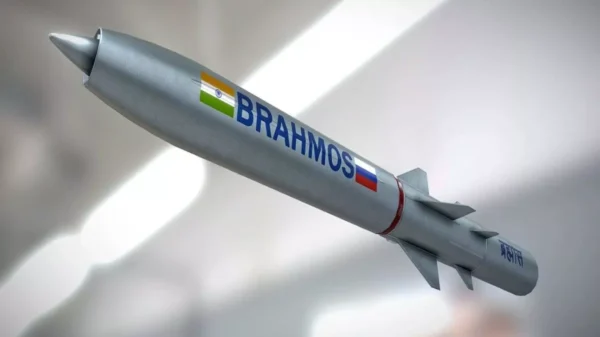Pakistan, perennially plagued by seasonal floods intensified by climate change, grapples with the urgent need for innovative solutions to mitigate the widespread devastation and infrastructure damage caused by these natural disasters. Traditional flood management methods often fall short, necessitating a paradigm shift in approach. In this context, 3D printing technology emerges as a transformative tool, offering rapid and effective responses to the multifaceted challenges posed by flooding in Pakistan.
Seasonal floods in Pakistan disrupt communities and critical infrastructure, with conventional management methods proving inadequate in terms of speed, efficiency, and cost-effectiveness. As climate change escalates, there is a pressing need for novel approaches to enhance resilience and response capabilities in the face of increasingly frequent and severe floods.
3D printing, or additive manufacturing, involves layer-by-layer construction of three-dimensional objects from digital models. Recent advancements position it as a versatile and valuable tool for disaster response and recovery efforts, particularly in the context of flooding.
3D printing facilitates the swift production of prefabricated structures and components, allowing for the rapid deployment of modular housing units, emergency shelters, and even temporary bridges in the aftermath of a flood. This immediate response minimizes displacement and enhances overall relief efforts.

The flexibility of 3D printing enables the creation of tailor-made solutions to address the unique challenges posed by flooding. Adaptive barriers and levees designed and produced on-site offer effective flood protection in vulnerable regions. Customized designs ensure that solutions align with the specific topography and requirements of each affected area, maximizing their efficacy.
In terms of infrastructure repair, 3D printing provides a cost-effective alternative by producing replacement parts and components for damaged infrastructure. This approach significantly reduces the financial burden and accelerates the recovery process, allowing for a more efficient restoration of essential services.
The inherent connection between 3D printing and digital design facilitates data-driven decision-making in flood management. Utilizing geographic information system (GIS) data and other relevant information, 3D printing technologies assist in creating precise models for flood risk assessment. This enables more accurate and proactive planning, helping authorities anticipate and mitigate the impact of future floods.
Furthermore, the integration of 3D printing into flood response efforts contributes to localized production and skill development. Training local communities in 3D printing techniques empowers them to respond effectively to future flooding events, fostering resilience and self-sufficiency. This approach not only enhances the overall response capacity but also stimulates economic growth in the region.
Considering environmental considerations, 3D printing allows for the use of sustainable materials, contributing to eco-friendly disaster response efforts. Utilizing environmentally friendly materials in the construction of 3D-printed structures minimizes the ecological impact and promotes sustainable practices in disaster recovery.
Embracing 3D printing technology in Pakistan’s flood management strategies represents a transformative step towards a more resilient and effective response to natural disasters. The versatility, speed, and cost-effectiveness of 3D printing position it as a powerful tool for creating innovative solutions that address the unique challenges posed by flooding. By integrating this technology into existing frameworks, Pakistan can take a proactive stance, ensuring the well-being of its communities, and setting a precedent for effective flood management in the face of evolving climate patterns.










